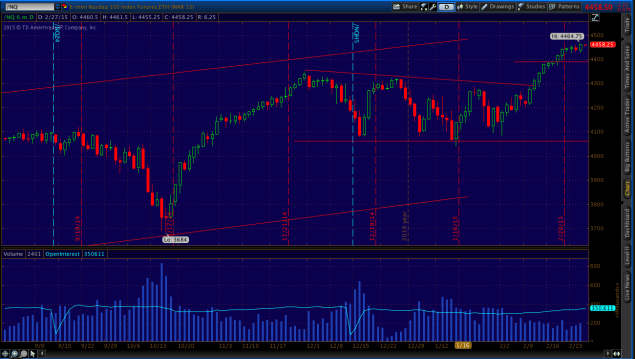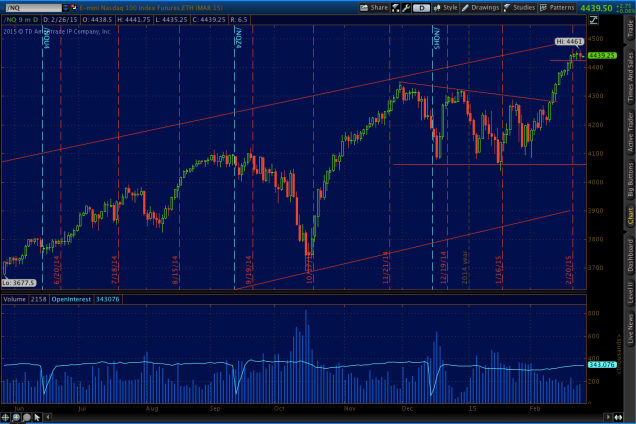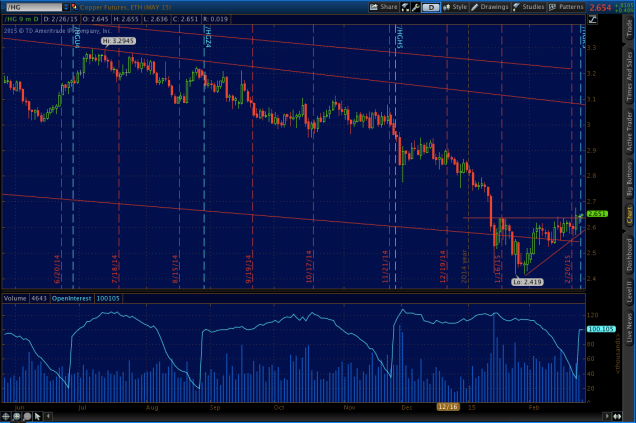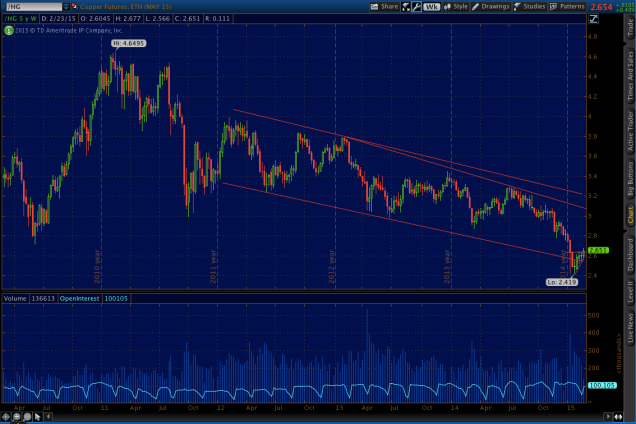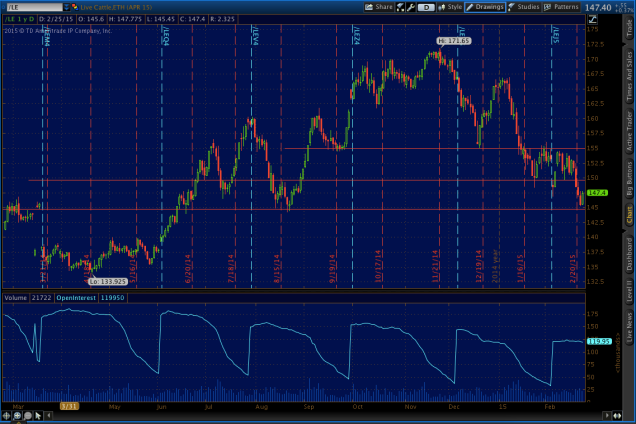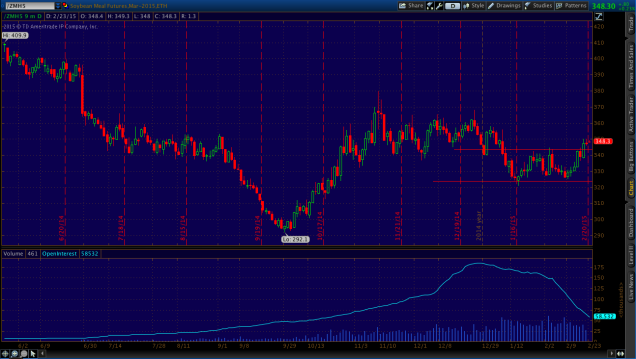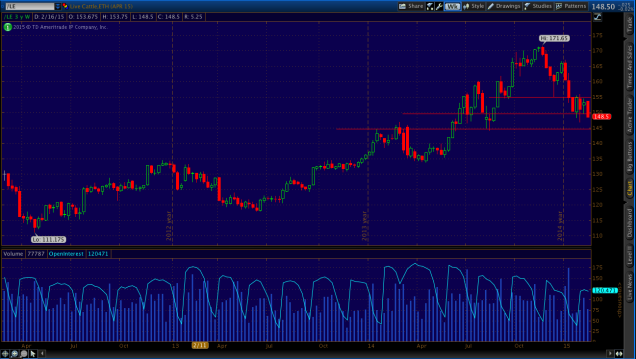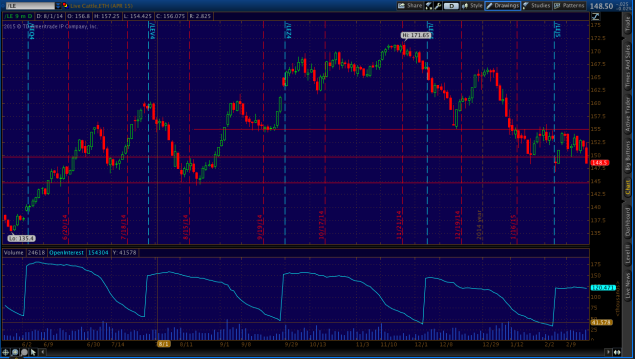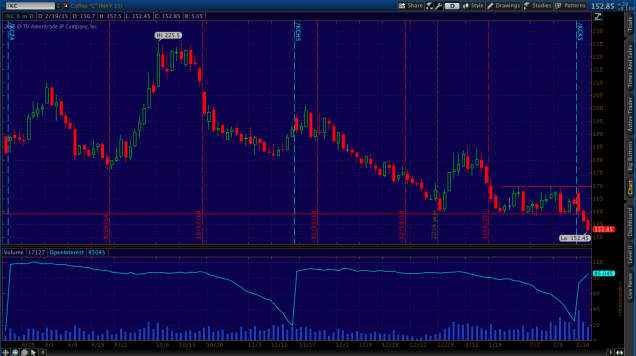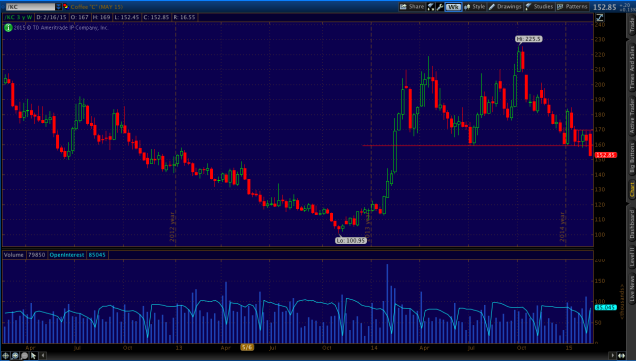2/1: *$103,858.67
2/28: *$107,242.53
PL%: +3.26%
Best Trade of the Month: Coffee, KC[K5], Short, +4.48% gain
Worst Trade of the Month: Wheat, ZW[H5], Short, -3.32 loss
Finished the month off strong the last two weeks. The first week of February, I had a rough start, down -3.45%, but then rebounded to post better gains week by week: +1.4%, +2.29%, and +3.1%. I closed out 11 trades in total, which is slightly lower than my previous two months where I did 16 trades per month. Of these, I had 6 winners, which is significantly higher than my target of 33% (I actually anticipate to lose on most trades but expect a handful of big winners to overcome the small losers). This high win% has me a little concerned as I know this high% won’t last forever.
At the end of each month, I also break down my trades by contract type, pattern, and long/short. I’ve steered clear of currencies since last month and will now steer clear of energies as well. I see no other discernible patterns.
I’m going into March with one open position in Copper HG[K5]. YTD I’m currently up 11.58%.
*Numbers based off adjusted starting capital amount of $100,000
